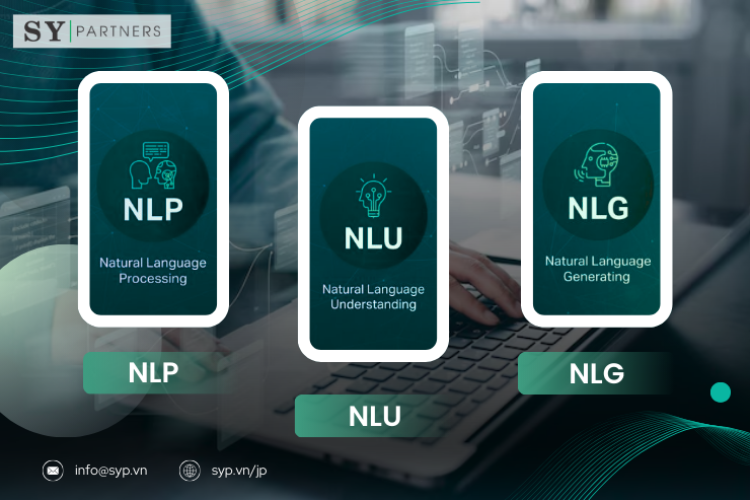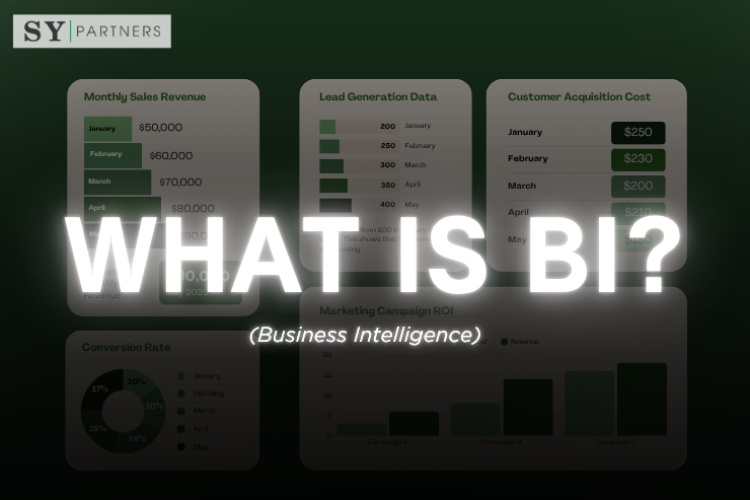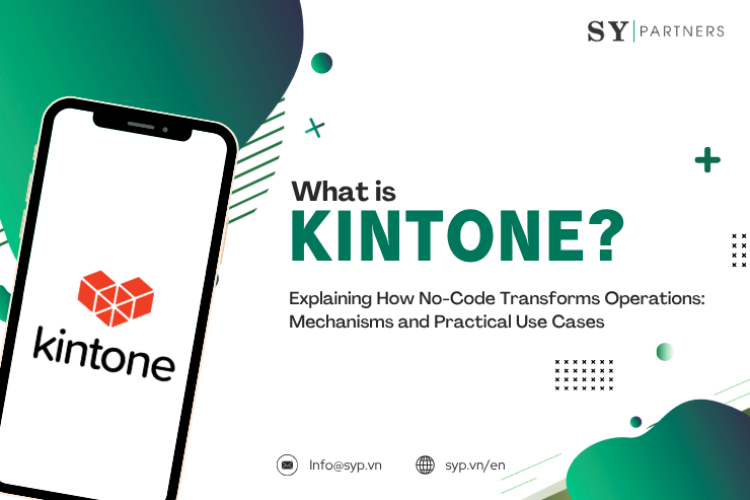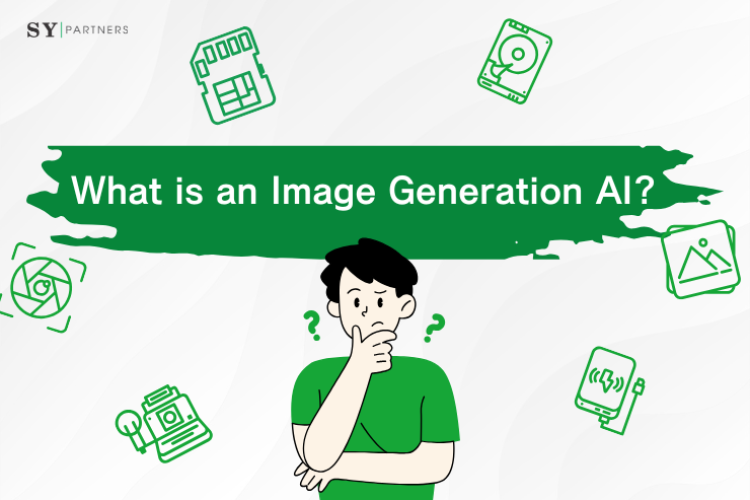ChatGPT vs Perplexity: Choosing the Best AI Tool for Business
In today’s business environment, leveraging AI tools has become key to improving operational efficiency, enhancing decision-making, and strengthening competitiveness. Choosing the right AI tool directly translates into cost savings and productivity gains.
This article compares ChatGPT from OpenAI and Perplexity from Perplexity AI, Inc., detailing their features, business applications, and pricing models. By doing so, it provides concrete information to help select the AI tool best suited to your company’s needs. Let us begin by defining ChatGPT and Perplexity.
1. What is ChatGPT?
ChatGPT is a conversational AI model developed by OpenAI, built on the GPT architecture. It excels at natural language processing and can handle a wide range of tasks, including text generation, Q&A, translation, and programming assistance.
In October 2024, a web browsing feature was added, enabling real-time information retrieval. In business, it is used for customer support automation, content creation, and internal document generation. Its strengths lie in natural conversational ability and versatility.
2. What is Perplexity?
Perplexity is an AI-driven search engine released in 2022 by Perplexity AI, Inc., developed by former researchers from Google and OpenAI. It collects the latest information from the internet in real time and provides concise answers with sources clearly indicated.
Unlike traditional search engines that display lists of links, Perplexity specializes in generating direct answers to user queries. In business, it is particularly suitable for research and data analysis, with key features being information reliability and transparency.
3. Five Differences Between ChatGPT and Perplexity
Although both are advanced generative AI systems, ChatGPT and Perplexity differ fundamentally in design philosophy, use cases, and the type of user experience they deliver. Which tool to choose depends on your company’s goals and operations. Here, we compare them across five key business-oriented perspectives to clarify the decision-making criteria.
| Comparison Item | ChatGPT | Perplexity |
|---|---|---|
| Design Philosophy | Conversational AI. Strong in natural dialogue and creative idea support | Search-engine-type AI. Specializes in accurate information delivery with sources |
| Real-Time Capability | Web browsing available, but focuses more on conversational context than pure research | Constant real-time search. Source-backed, excellent for time-sensitive information |
| Japanese Language Support | Fluent, natural expressions. Excels at casual and soft tones | Strong with specialized content, but complex Japanese sentences can sound unnatural |
| System Integration | Flexible API integration. Easy to connect with Slack, Google Sheets, etc. | API available, but mainly for search. Limited integration scope |
| Information Reliability | Improving, but source display is limited | Source display is standard, making fact-checking easy |
3.1. Difference in Design Philosophy and Purpose
ChatGPT was designed with natural human-like conversation as its core. Thanks to its intuitive interface and flexible responses, it provides an experience similar to conversing with a person. It excels in brainstorming, idea generation, and crafting marketing copy—tasks requiring creativity. It is also effective as a conversational partner to help concretize abstract ideas.
Perplexity, on the other hand, is less about dialogue and more about finding precise answers. When a user asks a question, it references the latest online information and provides fact-based, clear responses. By explicitly presenting sources, it ensures reliability—making it highly valuable for research and information-gathering in business contexts.
3.2. Differences in Information Collection and Real-Time Capability
One of Perplexity’s biggest strengths is real-time search with up-to-date information. When a query is entered, it retrieves the latest web data on the spot, always returning timely answers. Additionally, it provides URLs as references, allowing users to verify the authenticity and context of information themselves. This is particularly useful for market research, competitor analysis, and tracking industry trends.
ChatGPT also introduced a Web Browsing feature in October 2024, enabling access to up-to-date information online. However, ChatGPT’s browsing emphasizes conversational context rather than pure search output. Thus, for deep research or fact-based data gathering, Perplexity maintains an advantage.
3.3. Differences in Language Support and Expression
ChatGPT demonstrates highly fluent and natural expression across multiple languages. It particularly excels in conversational tones and culturally nuanced writing, making it a strong choice for creative text generation worldwide—such as social media posts, advertising copy, or brand storytelling.
Perplexity, while steadily improving in multilingual capabilities, still reflects its English-centric foundation. This can sometimes lead to awkward grammar or less natural phrasing in non-English contexts. However, when dealing with specialized, fact-based topics, it often provides accurate and concise information, which is valuable for technical documents, academic writing, and research reports across different languages.
If the goal is natural, culturally adaptive expression, ChatGPT is more suitable. If accuracy and objectivity are the priority, Perplexity tends to perform better.
3.4. Differences in System Integration and Customization
ChatGPT, through OpenAI’s powerful API, integrates flexibly with many business tools and systems. For example, it can connect with Slack, Notion, and Google Sheets, enabling chatbot-based support, automated reporting, and workflow automation. Additionally, its Custom GPT feature allows for industry- and task-specific AI customization.
Perplexity also offers an API, but it is primarily limited to search-based functions. It lacks the broader flexibility and multi-functionality of ChatGPT. Therefore, for businesses seeking to build AI-driven processes or scalable integrations, ChatGPT is significantly more versatile.
3.5. Differences in Information Reliability and Source Transparency
From a reliability perspective, Perplexity holds a clear advantage. Its design ensures that every answer includes citations of the web pages or articles used, allowing users to verify sources immediately. This strengthens credibility in report writing or when presenting evidence to managers or clients.
ChatGPT, with its browsing feature, has improved in accuracy but does not always display sources by default. Thus, for business documents requiring references or for academic use, Perplexity is currently safer. While ChatGPT may evolve further, the current reality is: “For reliability, choose Perplexity.”
4. Advantages and Disadvantages of ChatGPT
ChatGPT combines conversational ability with multifunctionality, making it useful across many business scenarios. Below are its main strengths and challenges.
Advantages
- Natural conversational ability: Fluent, soft Japanese expression; well-suited for customer support and content creation.
- Versatility: Handles text generation, programming, translation, and more—one tool serving many purposes.
- Flexible API: Easily integrates with business systems, supporting custom apps and automation.
Disadvantages
- Accuracy limitations: Prior to web search, it relied on training data and lacked real-time updates.
- Lack of sources: Answers often lack cited references, requiring extra work to verify.
hatGPT is excellent for conversation and creativity, but requires additional caution in situations demanding strict factual accuracy.
5. Advantages and Disadvantages of Perplexity
Perplexity, designed with a search-engine mindset, excels at accuracy and source transparency, particularly valuable for research and reporting.
Advantages
- Real-time search: Always retrieves the latest web information, suitable for time-sensitive queries.
- Transparency of sources: Provides references, enabling verification and reliable documentation.
- Research efficiency: Outputs answers in quotable format, streamlining data collection and analysis.
Disadvantages
- Unnatural Japanese: May produce awkward phrasing in specialized queries.
- Limited creativity: Less capable than ChatGPT in generating flexible or creative text.
Perplexity is powerful for obtaining reliable information but weaker in flexibility and natural expression.
6. Four Business Use Cases of ChatGPT
ChatGPT leverages its conversational strength for diverse business applications. Examples include:
- Customer Support Automation
- ChatGPT-powered bots provide 24/7 responses, maintaining customer satisfaction while reducing costs.
- For e-commerce, it instantly answers questions about orders and shipping, easing staff workload.
- Content Marketing Enhancement
- Quickly generates blog posts, social media content, newsletters.
- For example: “Eco-friendly furniture promotional email” tailored to brand tone.
- Programming Assistance
- Supports code generation, bug fixing, and answering technical questions.
- Especially useful for Python and JavaScript scripting.
- Internal Document Creation
- Creates meeting minutes, manuals, reports in a clear and structured format.
- Summarizes meeting highlights or restructures complex topics for easier sharing.
7. Four Business Use Cases of Perplexity
With its search-centric design, Perplexity shines in research and information retrieval. Examples include:
- Streamlining Market Research
- Instantly gathers industry trends and competitor data, generating reports with citations.
- Example: Researching “2025 sustainable products market trends.”
- Supporting Report Writing
- Provides quotable data and expert information, enabling persuasive documents.
- Applicable for sales trends, customer analysis, etc.
- Enhancing Academic Research
- Finds the latest papers and study updates with sources.
- Example: “Recent papers on AI and medical diagnostics.”
- Internal Knowledge Search
- Used as a company-wide info search tool when linked to FAQs and business docs.
- Provides more context-aware responses than standard Google search.
8. Pricing
Both ChatGPT and Perplexity offer plans ranging from free tiers to advanced business subscriptions. Choosing the right plan depends on use case and scale.
8.1 ChatGPT Pricing
| Plan | Price | Key Features |
|---|---|---|
| Free | $0 | Basic use, model limitations |
| Plus | $20/month | Fast response, priority at peak, GPT-4o access |
| Pro | $200/month | Unlimited access, advanced features, research support |
| Team | $30/month per user ($25 with annual contract) | Full team-oriented features |
| Enterprise | Custom | Large-scale corporate use, custom quote |
ChatGPT offers flexibility from light personal users to large enterprises. Paid plans are recommended for GPT-4o access and API integration.
8.2 Perplexity Pricing
| Plan | Monthly | Annual | Key Features |
|---|---|---|---|
| Free (Standard) | $0 | — | Basic search, 5 Pro searches/day, file upload |
| Pro (Individual) | $20 | $200 | 300 Pro searches/day, image generation, model selection |
| Enterprise Pro | $40/user | $400/user | Team management, SSO, file sharing, security |
| Max (Premium) | $200 | $2,000 | Unlimited features, early Comet access, premium support |
Perplexity is cost-effective for users prioritizing reliable information and source transparency. For business research needs, Pro and above are optimal.
9. Conclusion
ChatGPT and Perplexity are both powerful business AI tools, each excelling in different areas.
- ChatGPT: Natural conversation and flexible API integration. Best for text generation and customer support automation.
- Perplexity: Real-time search and transparent sourcing. Best for market research and report writing.
By selecting based on your company’s operations and system environment, you can achieve both productivity gains and stronger competitiveness. For detailed implementation support, please consult the official sites or professionals.
FAQ
Q1. I understand the difference between ChatGPT and Perplexity, but how should they actually be used differently in business?
The key point of differentiation is whether your task focuses on creation and conversation or on fact-based research and verification.
- ChatGPT is best for tasks requiring flexible and natural dialogue, such as drafting marketing copy, customer support responses, internal manuals, or company documents.
- Perplexity, on the other hand, excels in scenarios where accuracy and evidence are critical, such as competitor research, market analysis, or academic studies.
They are not mutually exclusive—using both tools together depending on the purpose can broaden your business capabilities.
Q2. How is ChatGPT’s “browsing” different from Perplexity’s “real-time search”?
Both can pull information from the web, but their approaches differ:
- ChatGPT’s browsing supplements the conversation by adding relevant information in line with the user’s intent and context, keeping the dialogue natural.
- Perplexity’s real-time search focuses on instantly finding and summarizing information with citations, prioritizing speed and reliability as a search engine.
In short:
- For research, comparisons, and fact-checking → Perplexity
- For conversational support with additional context → ChatGPT
Q3. How do they differ in terms of Japanese language accuracy and usability?
- ChatGPT clearly outperforms in natural and flexible Japanese expression. It can produce ad copy, social media posts, or casual internal emails in Japanese without sounding awkward.
- Perplexity, while strong in handling technical terms and research-focused queries, may sometimes generate slightly unnatural or awkward phrasing in Japanese.
Thus, for customer-facing communication or natural conversation in Japanese → ChatGPT
For precision-focused research in Japanese → Perplexity
Q4. If we want to integrate with our internal systems, which AI tool is more suitable?
For system integration and workflow embedding, ChatGPT is more advantageous.
- OpenAI’s API is highly versatile and easily integrates with tools like Slack, Notion, Google Workspace, or internal SaaS platforms.
- Custom GPTs also allow tailored solutions (e.g., customer support bots, internal FAQs, or engineering assistants).
Perplexity’s API, by contrast, is mainly focused on search capabilities, so its integration is best suited when there’s a clear need for enhanced information retrieval.
In short:
- To transform workflows → ChatGPT
- To strengthen search functionality → Perplexity


 EN
EN JP
JP KR
KR




